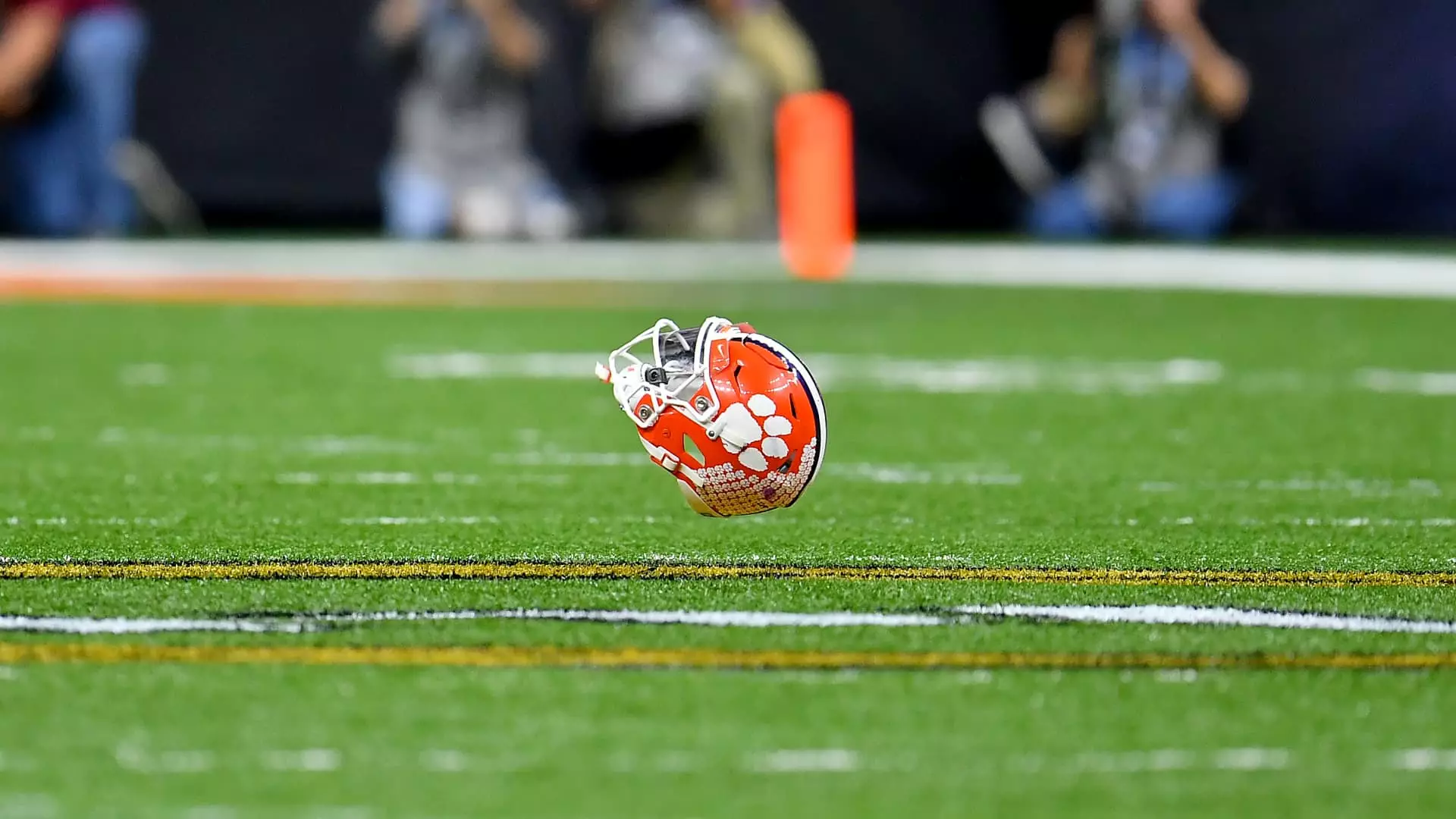The recent deal reached between DirecTV and Disney marks a pivotal moment for both companies and their consumers, concluding a frustrating two-week blackout that stripped over 11 million DirecTV subscribers of access to popular channels, including ESPN and ABC. The blackout, ignited by a failure to agree on contractual terms and pricing structures, created a fervor among sports enthusiasts who found themselves cut off from events like the U.S. Open and college football. This incident serves as a prime example of the power dynamics in the media landscape, where live sports broadcast rights represent tremendous value for both content creators and distributors.
The negotiation struggle, which had been brewing for some time, highlights a broader issue affecting the pay-TV industry: the ongoing transition to more streamlined, genre-specific viewing options. DirecTV executives had expressed desires for a more flexible bundling approach, reflecting changing consumer preferences for tailored offerings rather than traditional all-inclusive packages. This context framed the dispute, but it also suggests a larger trend where audiences are not only seeking variety in content but also more control over their viewing experiences. The urgency for resolution was hastened by the impending return of college football, along with significant entertainment events like the Emmy Awards, necessitating both parties to find common ground.
The details of the agreement seem to cater directly to the contemporary viewing habits of audiences, as it incorporates “market-based terms” that allow DirecTV to create genre-specific packages. This development includes not only traditional cable offerings but also an integration of Disney’s streaming services such as Disney+, Hulu, and ESPN+. The provision enabling subscribers to include these streaming options in their packages, as well as a la carte purchasing, closely mimics strategies employed by other industry players, such as Charter Communications, which earlier forged a similar pact with Disney.
Furthermore, a significant part of the agreement is the inclusion of Disney’s upcoming flagship ESPN direct-to-consumer streaming service, anticipated to launch in fall 2025. This integration signals an awareness by DirecTV of the growing trend where audiences increasingly prefer streaming as their primary means of consuming content, especially sports. By allowing its customers access to these platforms without additional fees, DirecTV aims to lock in subscribers who might otherwise consider competing services as their primary source for entertainment.
The striking nature of the blackout emphasizes the importance of live sports to the economics of both media companies and pay-TV providers. Companies like DirecTV rely on live sports to attract customers, while sports networks like ESPN thrive on reaching as many households as possible to maximize advertising opportunities. As both sides trade barbs over perceived accountability, it becomes clear that neither party benefits from prolonged disputes—especially when audiences are left in the lurch.
This incident magnifies the complex state of antitrust issues in the media landscape, particularly in light of recent legal actions surrounding Venu— a joint streaming venture involving major media corporations that faced scrutiny over competition concerns. DirecTV’s subsequent complaint to the Federal Communications Commission (FCC) regarding Disney’s negotiation tactics adds another layer of complexity, reflecting a dynamic landscape where media entities vie for dominance.
As traditional cable packages continue to dwindle in favor of ad-supported streaming services, the negotiation between DirecTV and Disney hints at possible pathways moving forward for the pay-TV sector. The crumbling facade of traditional bundling gives way to a potentially more flexible paradigm that suits modern audiences, geared towards customization and specific content preferences.
DirecTV’s efforts to promote itself as a comprehensive entertainment provider—beyond simple satellite TV—indicates its intent to remain relevant in a saturated market. By adapting to consumer demand for personalized viewing experiences and addressing the evidence suggesting a decline in conventional package subscriptions, providers might find new ways to sustain their relevancy in a rapidly changing media landscape.
The resolution of the DirecTV and Disney negotiation not only marks a return to televised sports and events but also sparks crucial conversations about the future direction of media consumption. As audiences grow more selective about their content, both providers and publishers must remain alert and agile, adapting to an ever-evolving entertainment ecosystem that increasingly values flexibility and choice.

